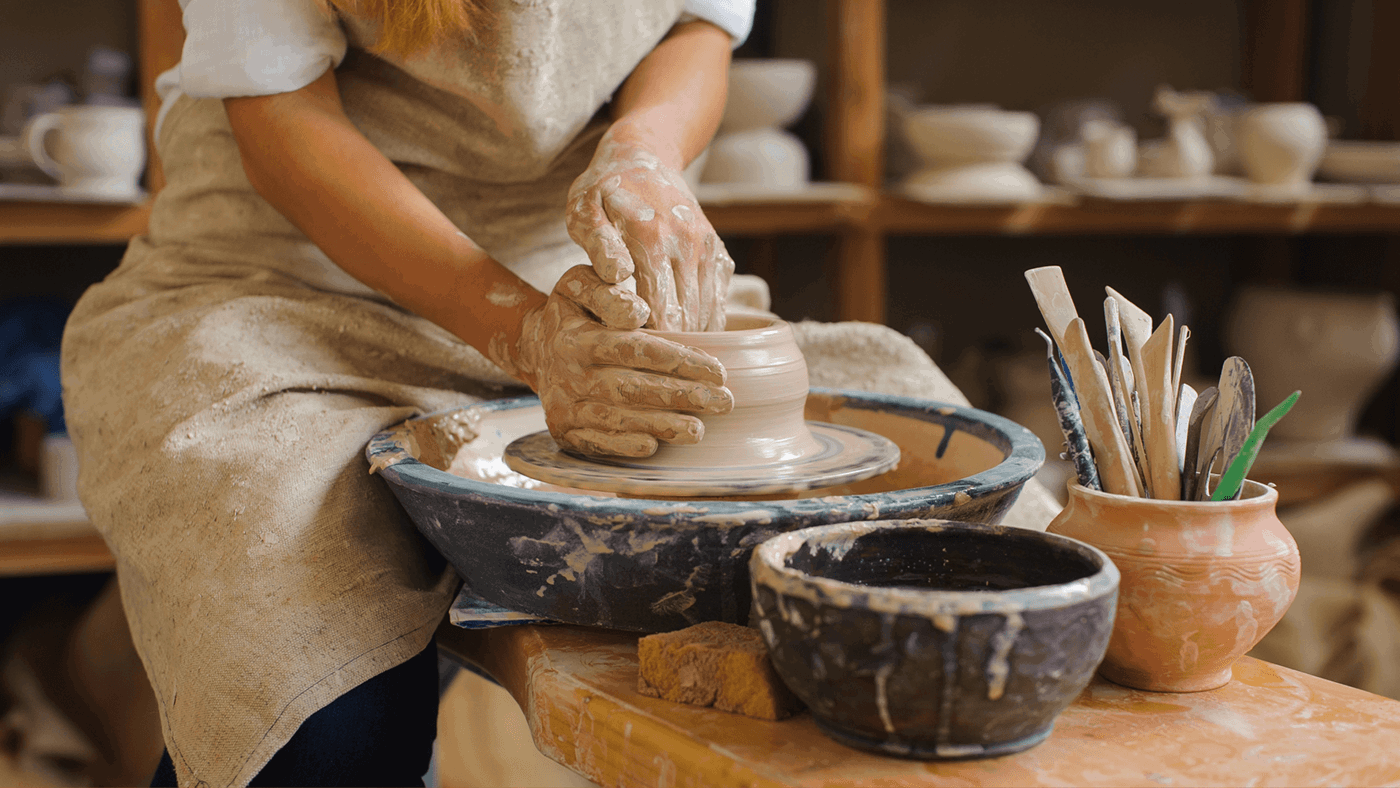
The Art of Hand-Building Pottery
Hand-building pottery is one of the oldest and most therapeutic forms of art. Unlike wheel-thrown pottery, hand-building allows artists to connect intimately with the clay, shaping it with their hands and simple tools. This method includes techniques such as pinching, coiling, and slab construction, each offering unique possibilities for creativity and expression.
Pinching is often the first technique potters learn. It involves shaping the clay by pinching it between the fingers, creating forms that can be both functional and decorative. This method is excellent for making small bowls, cups, and sculptural pieces. The tactile experience of pinching clay can be incredibly meditative and rewarding.
Coiling is another fundamental hand-building technique. It involves rolling out long ropes of clay and stacking them to build the walls of a pot. This method is versatile and can be used to create various forms, from simple pots to intricate sculptures. Coiling allows for a lot of control over the shape and size of the final piece.
Slab construction involves rolling out flat sheets of clay and cutting them into shapes that can be assembled into three-dimensional forms. This technique is ideal for creating geometric shapes and angular pieces. It's often used for making boxes, tiles, and other structured items.
One of the joys of hand-building pottery is the ability to experiment and innovate. Artists can combine different techniques to create unique pieces that reflect their personal style. The process of hand-building encourages a deep understanding of the material and its possibilities.
Whether you are a beginner or an experienced potter, hand-building offers endless opportunities for exploration and creativity. It's a wonderful way to express yourself and create beautiful, functional art.